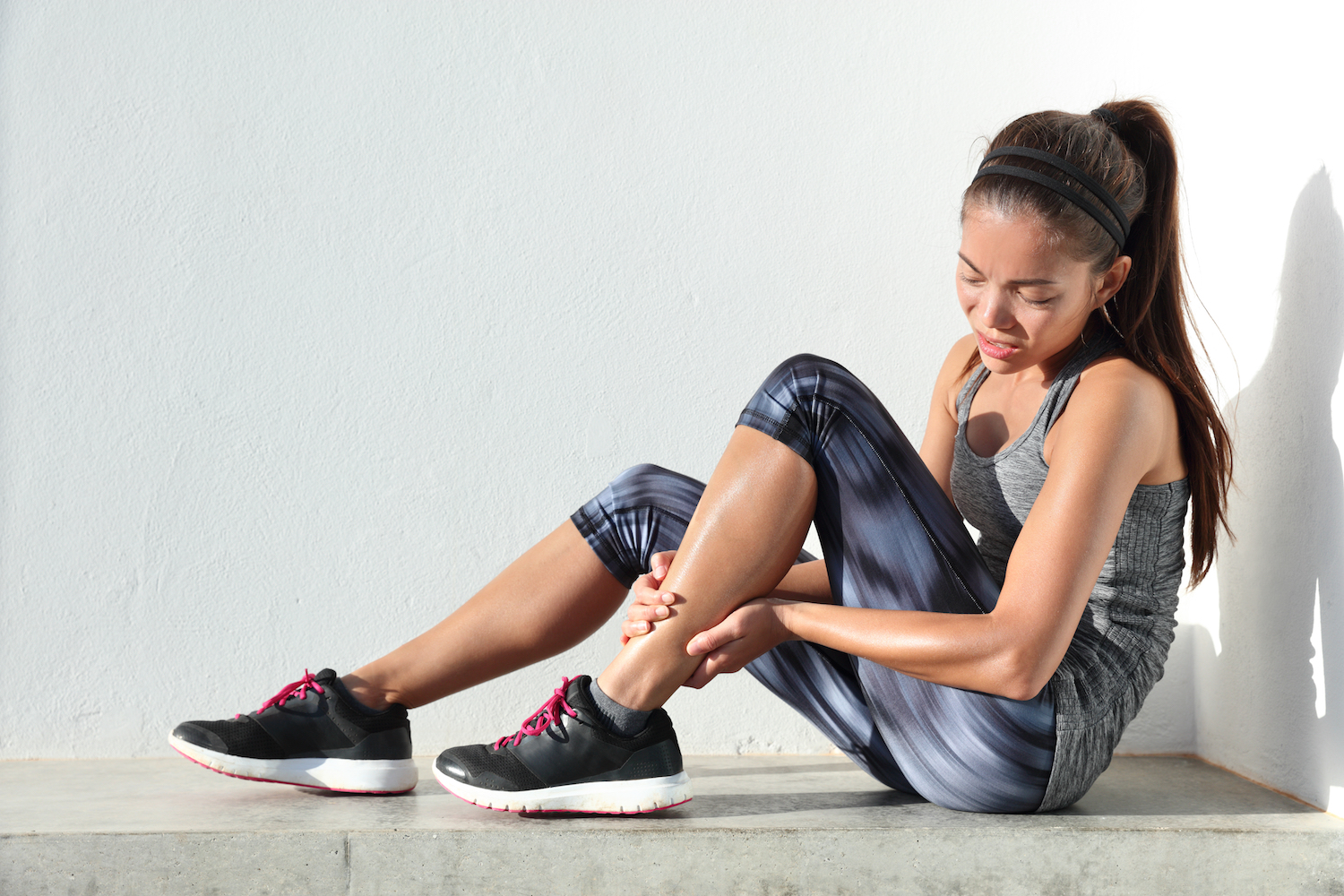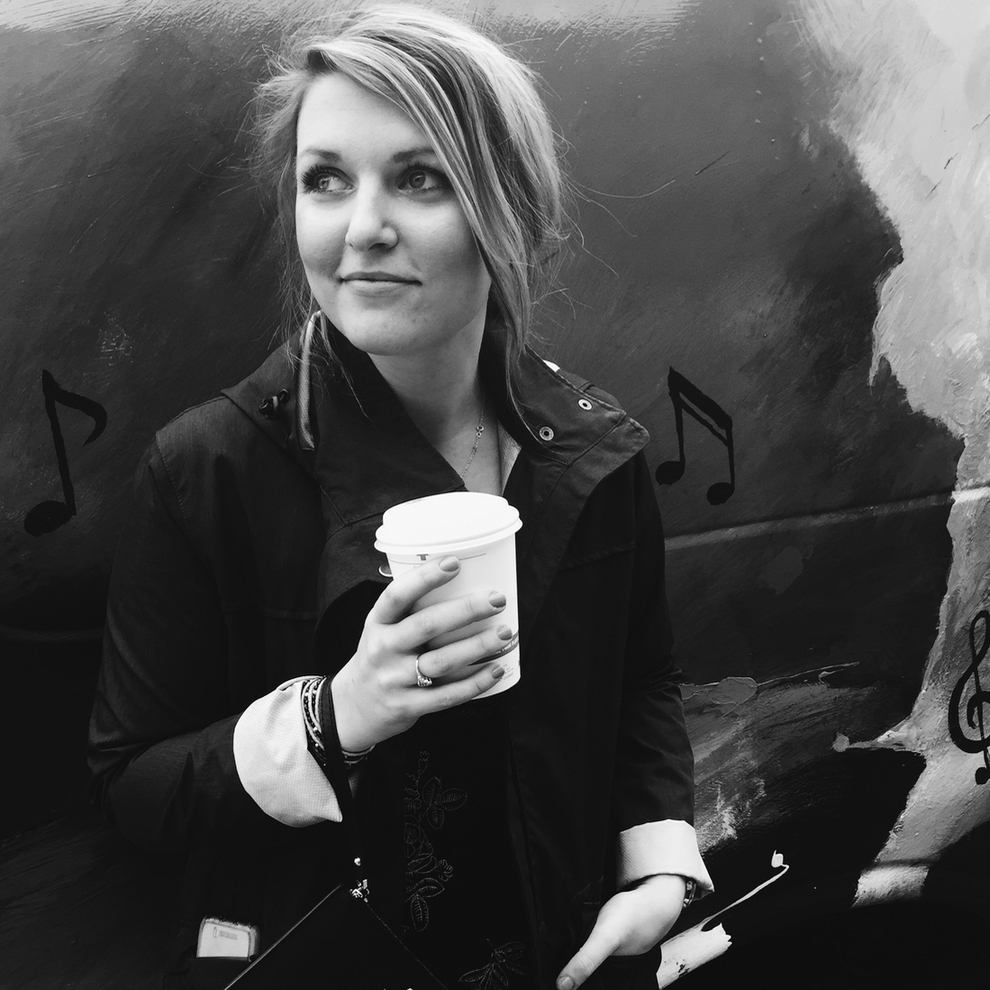Why Do I Get Sore Days After I’ve Worked Out?


You crush your morning workout — running farther, lifting heavier or getting in one more round of that circuit. But that sweet satisfaction can quickly turn to regret the next morning when you're too sore to swing your legs out of bed.
Many of us have experienced the burning, aching, jelly-leg feeling that begins hours, or even days, after exercise. But where does it come from and why does it always show up a couple days after certain workouts?
Any muscle soreness you feel 24 to 72 hours after exercise is called delayed onset muscle soreness, or DOMS, according to the American College of Sports Medicine (ACMS). This soreness doesn't show up after all workouts — only when you do new or intense exercises to which your body isn't accustomed. And a 2003 study in the journal Sports Medicine found that this goes for pros and novices, alike. [The Best Back Exercises for Preventing Injury and Reducing Pain]
"It isn't an indication that you've done something wrong, said Dr. Michael Jonesco, a sports medicine physician at The Ohio State University Wexner Medical Center. "It indicates you've stretched your body to the point that you've caused some muscle changes."
Hurts so good?
Those changes begin during exercise. Muscle contractions cause microscopic tears along the muscle and nearby connective tissues, according to ACMS. These tiny tears don't directly cause the soreness. Rather, the pain is a side effect of the muscle repair process.
"Soreness is a by-product of healing," Jonesco told Live Science.
Once the muscle is damaged, inflammation ensues and electrolytes, such as calcium, begin to accumulate. The immune system also gets involved, according to a 2016 study in the journal Frontiers in Physiology, sending in immune cells called T-cells to infiltrate the sites of damage. Scientists still aren't sure how these processes come together to cause pain and soreness, Jonesco said, but it's likely that they come together to trigger both healing and pain.
Get the world’s most fascinating discoveries delivered straight to your inbox.
Moreover, despite what you may have heard, lactic acid buildup is not a cause of DOMS. Lactic acid, which is produced during the exercise as the muscle continues to break down glucose after all of the available oxygen has been used, doesn't hang around in the body long enough after exercise to cause soreness, according to a 1983 study published in the journal The Physician and SportsMedicine. About 45 minutes after a workout, the study's subjects' lactic-acid levels were not elevated, but they still developed DOMS two days later. Although there is still some controversy surrounding the topic, most scientists, the American College of Sports Medicine included, consider the lactic acid theory to have been debunked.
What's the limit?
Muscle soreness is a good sign that you're making progress, so you can embrace the ache with some satisfaction. But that doesn't mean it's time to go and repeat the same workout, Jonesco said. That's because doing so could increase your risk of a more serious injury. The best thing you can do, Jonesco noted, is some light exercise. "Very light — and I emphasize light — exercise can get blood flowing and help that muscle loosen," he said.
Extreme muscle soreness is a different beast. Pain that lasts longer than a few days, or pain that is so severe that it prevents you from lifting a limb, may indicate a more serious type of muscle injury that can lead to kidney damage, Jonesco said. If your soreness doesn't improve, or if your urine turns a black tea-like color, that's a red flag indicating that you need to see a doctor, Jonesco said.
However, in most cases, DOMS is a sign that your body is adapting. The workout that caused you so much pain the first time around won't leave you quite so sore next time — but don't get too comfortable.
"A little bit of soreness indicates progress," Jonesco noted. "If you're not having any soreness — it may be time to switch gears."
- How Does Caffeine Help Athletes?
- How Much Exercise Is Needed to Lose Weight?
- Is It Safe to Exercise in Your 70s?
Originally published on Live Science.

Donavyn Coffey is a Kentucky-based health and environment journalist reporting on healthcare, food systems and anything you can CRISPR. Her work has appeared in Scientific American, Wired UK, Popular Science and Youth Today, among others. Donavyn was a Fulbright Fellow to Denmark where she studied molecular nutrition and food policy. She holds a bachelor's degree in biotechnology from the University of Kentucky and master's degrees in food technology from Aarhus University and journalism from New York University.


